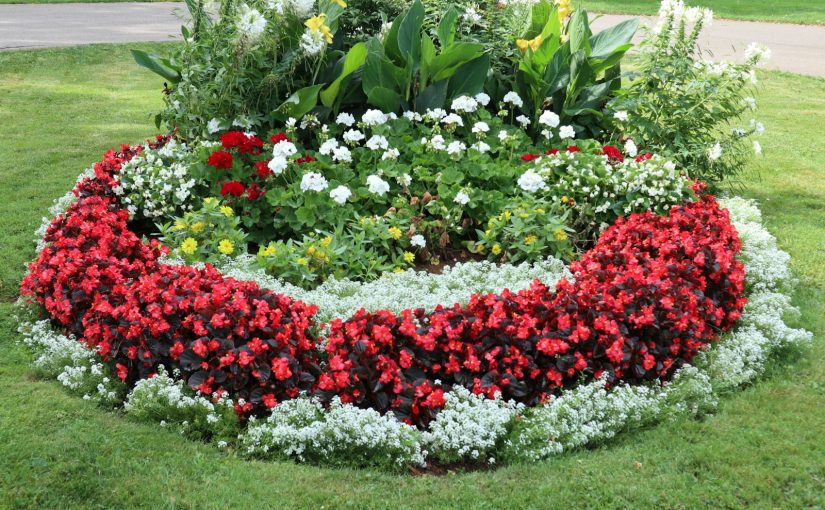Raised garden beds are a game-changer for home gardeners—they improve soil drainage, reduce weed growth, and make planting and harvesting easier on your back. The best part? You don’t need to spend a fortune to build one. With a little creativity and smart material choices, you can create a functional raised bed for under $50. Below is a detailed, budget-friendly guide to help you get started.
1. Choose Low-Cost (or Free!) Materials
The biggest expense for a raised bed is usually the frame. Skip expensive pre-cut kits or premium lumber—instead, repurpose or source affordable materials. Here are the best budget options:
a. Repurposed Wood (Free to $10)
Look for untreated scrap wood from construction sites, friends’ DIY projects, or local classifieds (like Facebook Marketplace or Craigslist). Common finds include:
- Old pallets (ensure they’re labeled “HT” for heat-treated, not chemically treated, to avoid toxic leaks into soil).
- Leftover 2x4s, 2x6s, or 4x4s from home renovations.
- Wooden crates (often given away by grocery stores or hardware stores).
Avoid pressure-treated wood, as it contains chemicals that can seep into edible plants. If you only have pressure-treated wood, line the inside with a non-toxic landscape fabric to create a barrier.
b. Concrete Blocks or Cinder Blocks (
15–30)
Concrete blocks are durable, cheap, and require no tools to assemble. A standard 4×8-foot bed needs about 32 blocks (costing
0.50–1 each at home improvement stores). They also double as extra seating or a place to set potted plants!
c. Recycled Metal or Plastic (
5–20)
Old metal sheets (from discarded sheds or roofing) or thick plastic bins (cut down the sides) work well for small beds. Just drill drainage holes in the bottom to prevent waterlogging.
2. Plan Your Bed Size (to Save Materials)
Bigger isn’t always better—oversized beds waste materials and make it hard to reach the center. Stick to these budget-friendly dimensions:
- Width: 3–4 feet (so you can reach plants from both sides without stepping in the bed).
- Length: 6–8 feet (easy to build with standard lumber lengths; no extra cutting needed).
- Height: 12–18 inches (ideal for most vegetables; shorter beds use less soil).
For example, a 4×6-foot bed made from 2x6s only needs 4 boards (2 for the length, 2 for the width)—no scraps left behind!
3. Build the Frame (No Fancy Tools Needed)
You don’t need a saw or drill to build a simple frame. Here’s how to do it with basic tools:
For Wood Beds:
- Cut lumber to size (if needed). Most hardware stores will cut wood for free—just bring your measurements!
- Join the corners: Use 3-inch deck screws (cheaper than nails and easier to remove if you make a mistake). Pre-drill holes to prevent wood splitting (a $5 drill bit set is all you need).
- Add support: For longer beds (8 feet or more), add a 2×4 crossbar in the middle to keep the sides from bowing when filled with soil.
For Concrete Block Beds:
- Mark the area: Use string and stakes to outline your bed shape (e.g., 4×6 feet).
- Level the ground: Rake the soil flat—no need to dig a deep trench. A level (costs 3–5) will help ensure the blocks sit evenly.
- Stack the blocks: Place blocks in a single layer along the marked lines, aligning the holes upward (this saves weight and lets you fill them with soil later for extra planting space).
4. Fill the Bed Cheaply (Soil Is the Next Big Cost!)
Soil can be expensive if you buy bags from the store. Cut costs with these tricks:
a. Make Your Own “Lasagna” Soil
Layer organic materials to create nutrient-rich soil for free:
- Bottom layer: 4–6 inches of cardboard or newspaper (kills weeds and breaks down over time).
- Middle layer: 6–8 inches of compost (use kitchen scraps, yard waste, or ask local farms for free manure).
- Top layer: 2–3 inches of topsoil (mix with leftover compost or peat moss if you need to lighten it).
This “lasagna” method eliminates the need for 50+ bags of soil—saving you $100 or more!
b. Source Soil Locally
- Free compost: Many cities offer free compost to residents (check your local waste management website).
- Bulk soil: Buy topsoil or compost by the cubic yard from local nurseries—this is 50% cheaper than bagged soil. Most places deliver for a small fee (20–30), or you can pick it up in a truck.
- Leaf mold: Collect fallen leaves in autumn, pile them in a bin, and let them decompose for 6–12 months. Leaf mold is a great soil amendment that’s 100% free!
5. Add Finishing Touches (Optional, But Budget-Friendly)
- Mulch: Use straw, grass clippings, or shredded leaves (free!) to cover the top of the soil. Mulch reduces weeds and retains moisture, so you water less.
- Edges: Line the bottom of the bed with landscape fabric (costs $5 for a 4×8-foot roll) to prevent weeds from growing up from the ground.
- Labels: Use popsicle sticks or old spoons to mark your plants—no need for expensive plant markers!
Final Tips to Keep Costs Low
- Start small: Build one bed first, then expand later if you need more space.
- Shop sales: Buy materials in spring (before gardening season peaks) or fall (when stores discount leftover supplies).
- Borrow tools: If you don’t have a drill or level, ask a neighbor—most people are happy to lend them.
With these steps, you’ll have a fully functional raised garden bed for $50 or less—perfect for growing tomatoes, lettuce, herbs, and more. Happy gardening!
